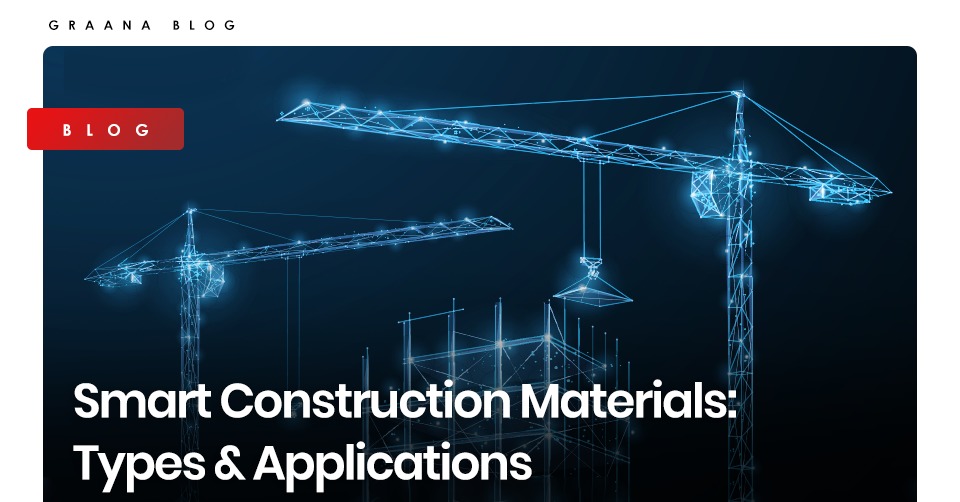As the world comes to pace with the impact of climate change, nations around the globe are taking steps to attain sustainable development. Therefore, there is a shift from traditional building materials and an increased focus on the use of technology in the real estate industry. These materials not only ensure longevity but also make sustainable designs in commercial real estate possible. A great part of this sustainable development is being achieved through the use of smart construction materials. These are materials that undergo physical change due to external influences.
Temperature, light, stress, moisture, electric or magnetic fields, pH, or chemical compounds are all examples that can modify the properties of smart materials in a regulated way. These are also called intelligent or responsive materials.
Their distinct qualities make them essential materials in a variety of engineering applications. They are employed in various civil engineering projects and help improve a structure’s performance and energy efficiency.
New materials have been developed and different types of smart materials have been introduced as a result of technological advancements and research.
Graana.com, Pakistan’s smartest property portal, takes a look at some smart construction materials that are being used today.
Types of Smart Construction Materials
The most common types of intelligent construction materials are as follows:
Shape Memory Alloys (SMAs)
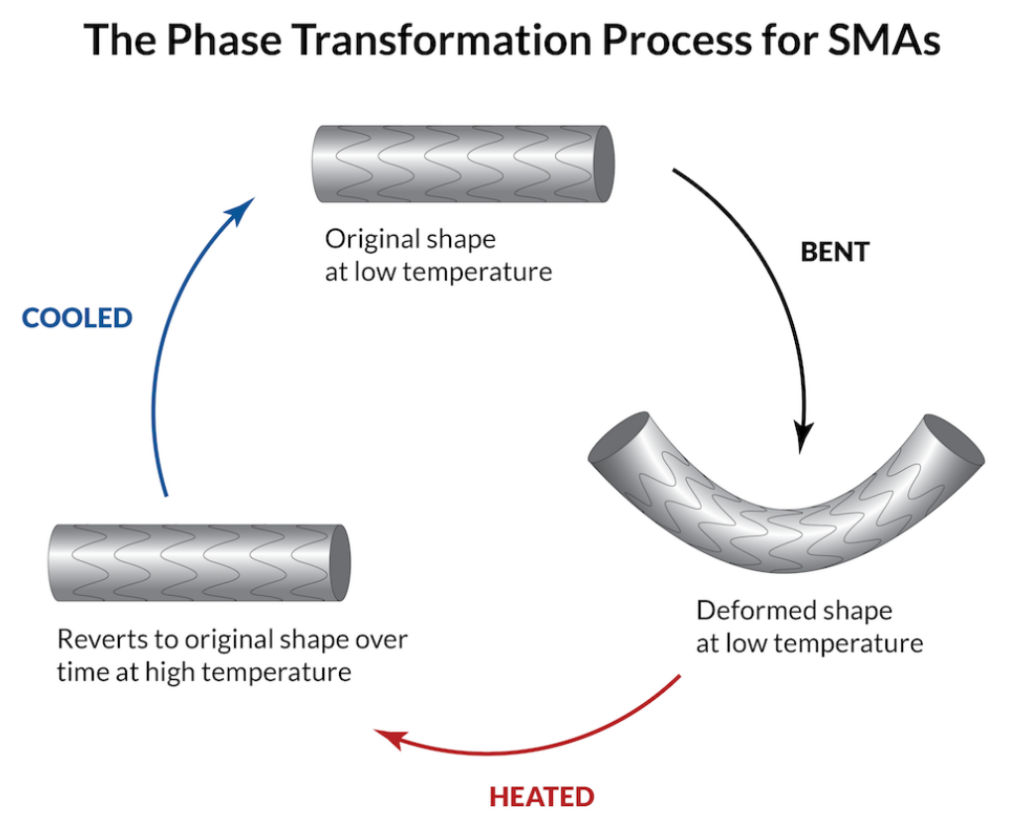
As the name suggests, SMAs have the property to regain their shape once a shape deforming force is applied to them. The most common use of SMAs is found in the seismic protection of buildings because these materials can absorb repeated strains of energy without suffering permanent deformation or damage.
SMAs are also known for their properties of:
- Fatigue resistance
- Repeated absorption of strain
- Resisting strain under a large strain cycle
- Durability and reliability
Piezoelectric Materials
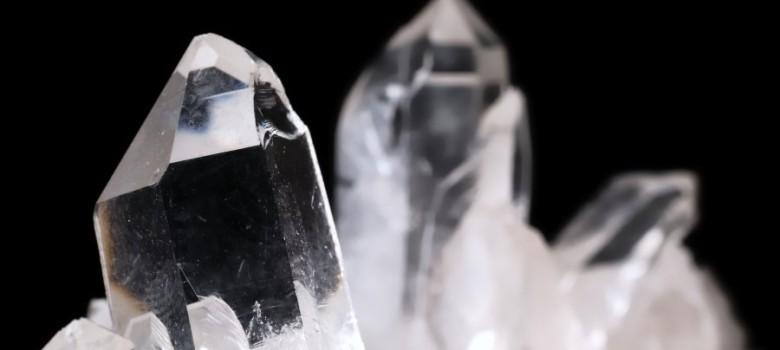
Piezoelectric materials are those materials that produce an electric current when under stress. On the contrary, piezoelectric materials will undergo deformation if an electric current is passed through them.
Some properties of these materials are:
- Lead Titanate Ceramic is an example of piezoelectric material that is used to produce clear ultrasonic images as it has extremely low planar coupling.
- These materials are lightweight and have soft elasticity, and are used for their good acoustic impedance. Which is the ability to see through different types of tissues.
Magnetostrictive Materials
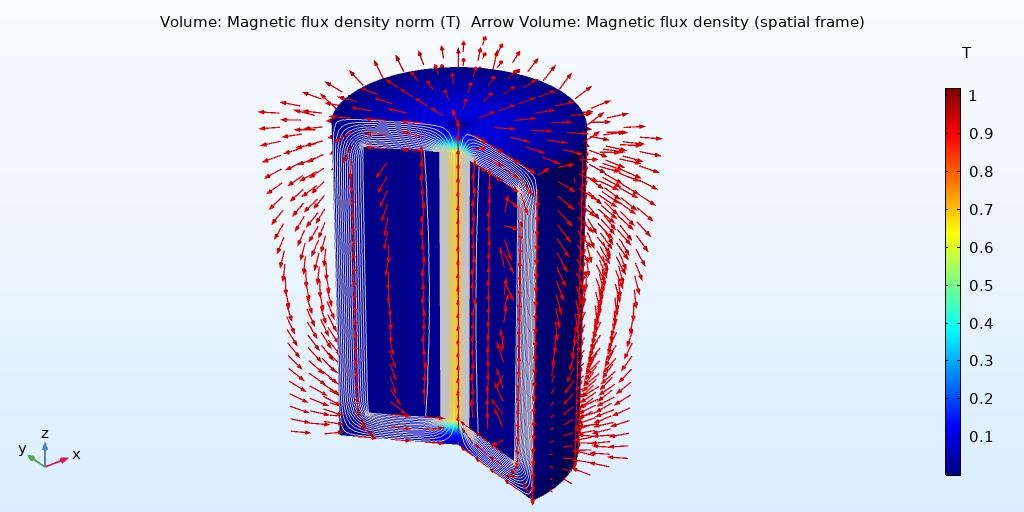
These materials deform mechanically in proportion to the square of the electric field i.e. they have the ability to change size in reaction to an electric or magnetic field, and produce a voltage when stretched. Pumps and valves, as well as an aeronautical wind tunnel, are some of the applications of these materials.
Electrorheological Fluids

These are materials with colloidal suspensions that change viscosity when exposed to an electric field. These are very sensitive fluids that react instantly to any change in the applied electric field. Shock absorbers contain them.
Electrochromic Materials
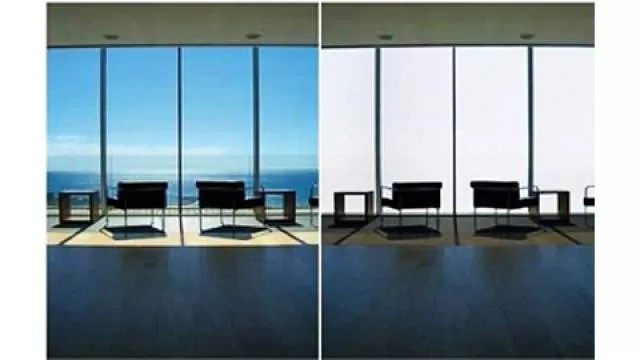
When a voltage passes through these materials, their light transmission qualities change; they change the optical colour or opacity of a surface. They are also known as chromophores.
Application of Smart Construction Materials
- In smart construction, smart concrete (a mix of carbon fibres and concrete) may detect minute structural faults or weaknesses. Smart concrete, unlike traditional concrete, offers greater potential and strength. It can be used for electromagnetic shielding and to improve concrete’s electrical conductivity. Smart concrete will lose and regain conductivity during the loading and unloading process, acting as both a structural material and a sensor. Smart concrete is used to build road pavements as a traffic-sensing recorder, and it also melts ice on roads during the winter season by flowing low voltage current through it.
- These can be used in the construction of smart buildings. Vibration management, noise reduction, safety, and performance are all aided by smart materials.
- They can also be used for environmental control and structural health monitoring in the development of smart buildings.
- It was employed in smart buildings to improve efficiency, comfort, and security for people and assets.
- Smart materials mitigate seismic damage.
- Intelligent construction materials are used to monitor mechanical stress. This is done by embedding fibre optic sensors in bridges and rail tracks.
- Smart materials enable the construction of smart bridges, particularly cable-stayed bridges with a larger span, to avoid greater vulnerability to vibrations induced by environmental conditions such as wind, rain, or traffic. As a result, the structure requires less maintenance, and its response can be monitored.
- They are used to monitor and assess the durability of civil engineering structures.
- Fibre-optic sensors embedded in structures are employed along virtual reality to discover fracture points in bridges, dams, and offshore oil-drilling towers. When super elastic smart material is employed as the reinforcement bar, it can be used to rehabilitate concrete cracking.
Conclusion
The real estate business has finally caught up with the digital age, with various technological advancements, including Smart Construction Technologies, ready to alter the industry.
These real estate technology developments, which range from Artificial Intelligence to Augmented Reality, will fundamentally transform the sector in the future years, transforming it into a more efficient industry with delighted clients. People can also have a look at this list of safety tips for visiting a building site in Pakistan.
To read more on the types of materials and techniques being used in the real estate industry such as types of stones, visit Graana.com.
